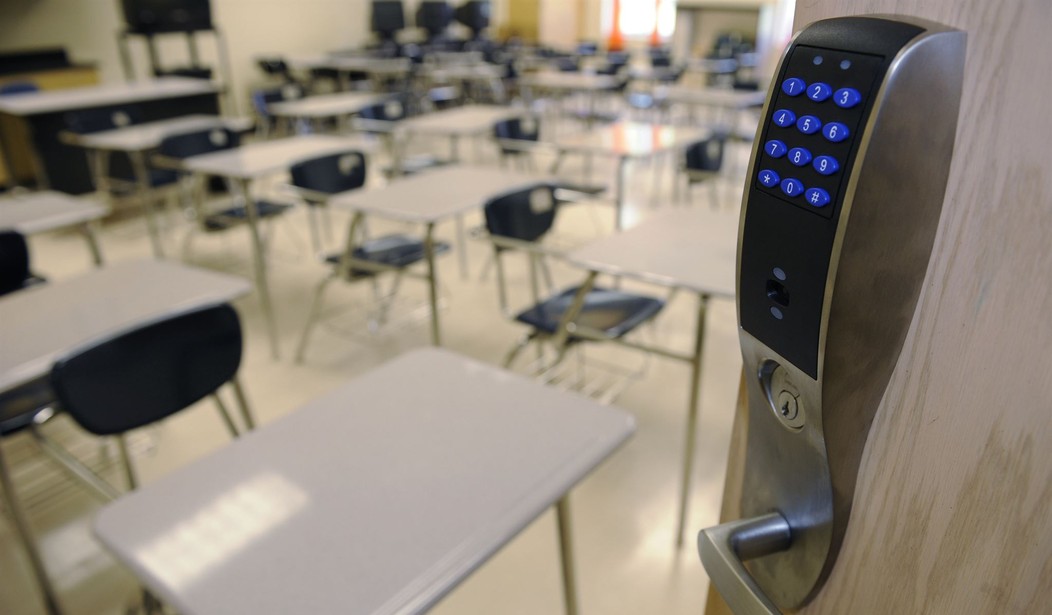Editor's Note: This piece was co-authored by Casey Welch.
We asked, they answered: In two back-to-school polls, a mere 5% of students and 13% of parents said they strongly agreed that schools are teaching “useful skills that will help them in the real world.” The majority of both groups also said schools aren’t doing enough to prepare students for a career after graduation.
Fortunately, this clear feedback also points toward an obvious set of solutions. By changing not only what we teach, but how and with whom we teach, we can once again earn parents’ and students’ trust that the time students spend in school actually positions them for successful lives after they graduate.
That starts with revisiting pre-graduation pathways and testing our assumptions about what students really need. When a high school student asks, “Will I ever use this?” we need to actually think through that answer. If the likelihood leans toward no, what needs to be done next should speak for itself.
Of course, there are certain things students may not use every single day, but are foundational to later learning. That’s why our K-8 core subjects will always serve an important purpose. But there is significant room for creativity with electives or high school-level classes that can kill two birds with one stone.
This is also where schools don’t need to go it alone. Employers across the country are struggling to find individuals with the skills they need in areas like advanced manufacturing or IT. Their input into curriculum design and course offerings is invaluable to schools otherwise guessing at the knowledge their students need.
With better alignment, students will also be prepared to take on “earn to learn” opportunities like internships or job shadowing, connections that can be facilitated by online networking platforms like Tallo. Getting paid while also being in school is one of the best ways to solve the student-debt crisis currently engulfing our youngest generations.
Recommended
This is another issue that parents and students were in sync on: 93% of students and 87% of parents believe student debt in the United States is a serious – if not very serious – problem. It’s why almost all students (94%) and parents (92%) think giving students the option to earn college credit early could help, as would providing increased exposure to future career fields.
The challenges are especially acute in those areas far from the big cities that have generated most of the recent job growth. It could take hours to reach the nearest city – where there’s likely more industry diversity – and small districts may not have the funds to support such a field trip. Even if they do, interacting with a potential employer just once before graduating high school and making life-altering decisions about what comes next is not nearly enough.
The internet can break down these geographic and socioeconomic barriers, allowing students to see what opportunities await them at, near or far away from home. However, we are well past simply showing students what jobs are out there. Today, students can do what they do best – use their phone to be digitally social creatures – and interact with employers who can answer their questions about the industry, tell them what kind of continuing education they’re going to need, and keep those lines of communication open so that when they are looking to launch their career, they already have contacts made.
We know what we have to do to help prepare students for “the real world,” and we have the tools to help them do it. Let’s not waste any more time – or lose any more faith from America’s parents and students – putting this solution into action.
Shaun McAlmont, Ed.D. is K12’s President for Career Readiness Education.
Casey Welch is the president and CEO of Tallo, an online platform that connects talent with opportunities.

























Join the conversation as a VIP Member